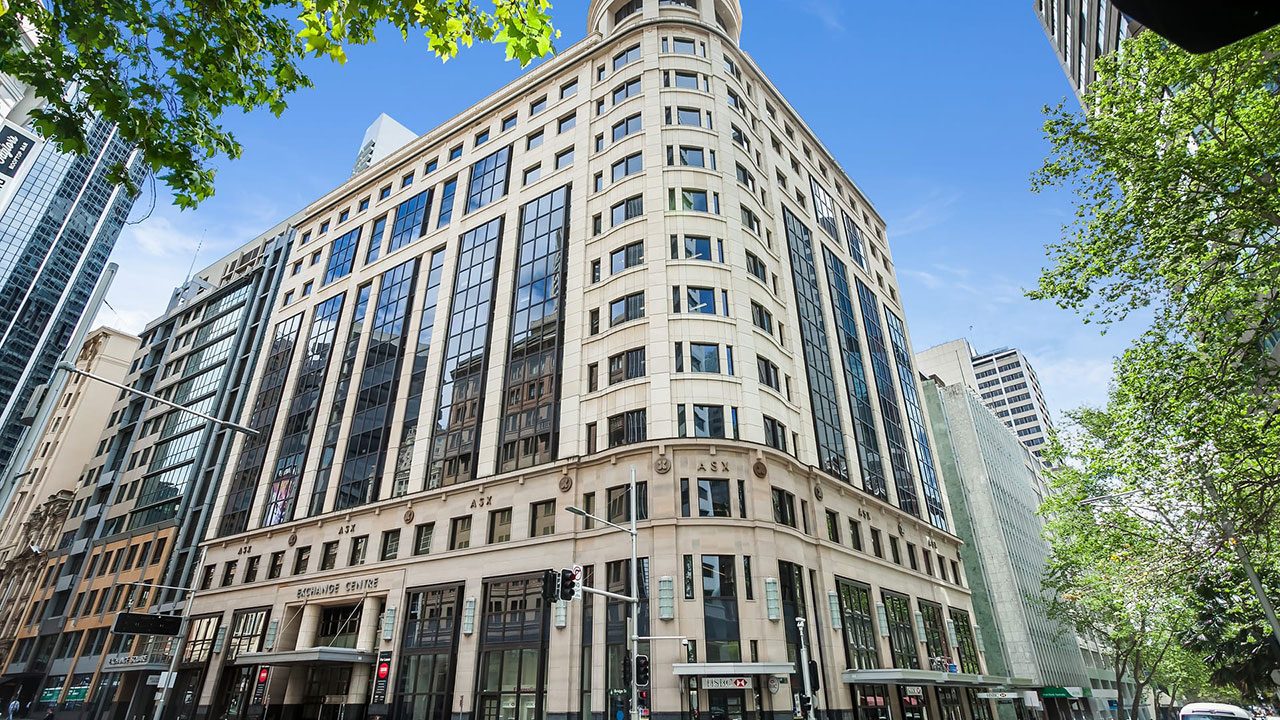This article is from the Australian Property Journal archive
Following a sustained period of revaluations and now and interest rate cut, the office market is expected to reclaim the mantle for highest transaction volumes in the commercial real estate sector in 2025.
According to Cushman & Wakefield’s Market Outlook series, a more diverse capital base, improved pricing alignment, and strong global demand will help drive investment volumes beyond 2024 levels.
Its analysis has office investment volumes hitting around $13.3 billion this year, expected to come in ahead of alternatives at $11.5 billion and industrial at $10 billion.
The office figure will show a jump from $9.8 billion in 2024.
“Several tailwinds are set to continue positive momentum in volume and pricing, including stable capitalisation rates,” Cushman & Wakefield said.
The firm predicts that the demand-led recovery will continue to be multi-speed with varied transaction activity and rental growth across CBDs. Sydney will lead national office investment over 2025, to be closely followed by Brisbane, which is catching Melbourne.
Brisbane is projected to record the highest prime net effective rental growth over 2025, of 12.1%, followed by Melbourne at 3.4% and Sydney at 2.6%.
The office demand picture in Australia’s two largest markets is also influenced by return to office (RTO) mandates. In Melbourne and Sydney, the 50 largest prime office occupiers represent almost a third of available space. Of those, 21 in Melbourne have some form of RTO mandate and 31 in Sydney do so. Only one in Melbourne and five in Sydney have five-day-a-week RTO mandates.
“As such, office demand is expected to rise gradually amid persistent hybrid work arrangements.”
Office values were smashed in the fall-out of COVID as employees worked from home, resetting businesses’ real estate requirements, while high interest rates also contributed to increases in capitalisation rates. While assets are still selling at below peak values and previous transaction figures, more deals are being done as buyers and sellers see eye-to-eye on pricing.
“Australian commercial real estate has turned a significant corner, now more broadly in a phase of renewed growth. Investment volumes are expected to surpass 2024, even as assets in markets like industrial and alternative sectors remain very tightly held,” said Noral Wild, Cushman & Wakefield ANZ CEO.
Alternative sectors had the highest transaction volumes in the past two years while traditional asset classes were subdued. Annual transactions lifted over 50% in 2024 to $12.4 billion as investors sought portfolio diversification, income and growth in assets like data centres, build-to-rent and student accommodation.
Cushman & Wakefield projects alternative asset investment to hit $11.5 billion in 2025, supported by strong demand for living sector assets, led by build-to-rent. New segments, including renewable energy and cybersecurity infrastructure, will also expand.
“We expect the appeal of alternatives to remain firmly in place after recording substantial multi-year growth. Economic volatility will remain a market reality, and the defensive role that alternative assets play in portfolios, and in some cases structural growth, will continue to boost their appeal,” Wild said.
For logistics and Industrial markets – the darling sector during the pandemic – annual investment volumes are poised to move almost 40% higher in 2025, rising from $7.2 billion in 2024 to $10 billion this year. Cushman & Wakefield’s 2025 Capital Markets survey showed that 97% of global investors plan to deploy capital, up from 87% last year. Of those, 60% plan to invest in the current quarter.
New offshore capital sources targeting Australian logistics and industrial assets are also likely to emerge. Inflows from traditionally dominant markets such as Singapore, Hong Kong and the US will be joined by Japanese and European-based capital. Globally, of the 15 most active buyers of logistics and industrial assets over the past two years, seven are currently not present down under, although selection of these have recently flagged their intention to expand into Australia.
“Logistics and industrial occupier market fundamentals remain solid for the year ahead as high commitment levels and paused speculative developments place a cap on vacancy rates. While this follows an increase in national vacancy levels, Australia still ranks as the world’s tightest market globally, with a vacancy rate of 2.5%,” Cushman & Wakefield said.
The sector has set the pace in early 2025. Last week, Irongate seeded a new industrial platform, backed by global investors, with $350 million worth of assets whilst Canada’s Brookfield sold a $330 million Sydney logistics estate to an offshore partnership.
Dominic Brown, Cushman & Wakefield head of research ANZ, said investors and landlords across the commercial property sector have been positioning for the rebound in market conditions which continues to find firmer footing.
“A common theme across markets is Australia’s attraction as an investment destination, and we expect a more diverse set of global investors to target domestic assets.”
He noted sub-markets and asset classes are moving at different speeds, “whether that’s stronger demand for prime grade office assets while fringe buildings are being repositioned or alternatives like student accommodation or data centres growing far faster than other markets.”
Industrial property giant Goodman Group last week completed a mammoth $4 billion capital raising to turbocharge its data centre pipeline and portfolio amid skyrocketing data requirements for the use of AI and cloud storage.




